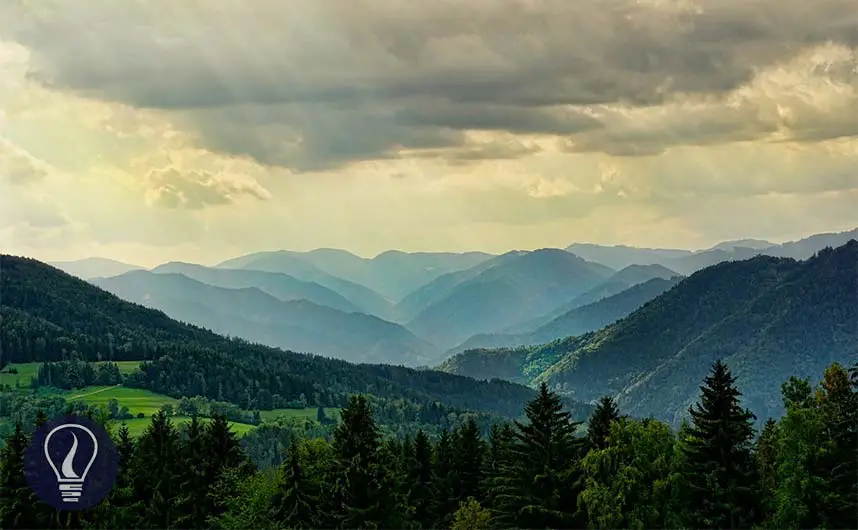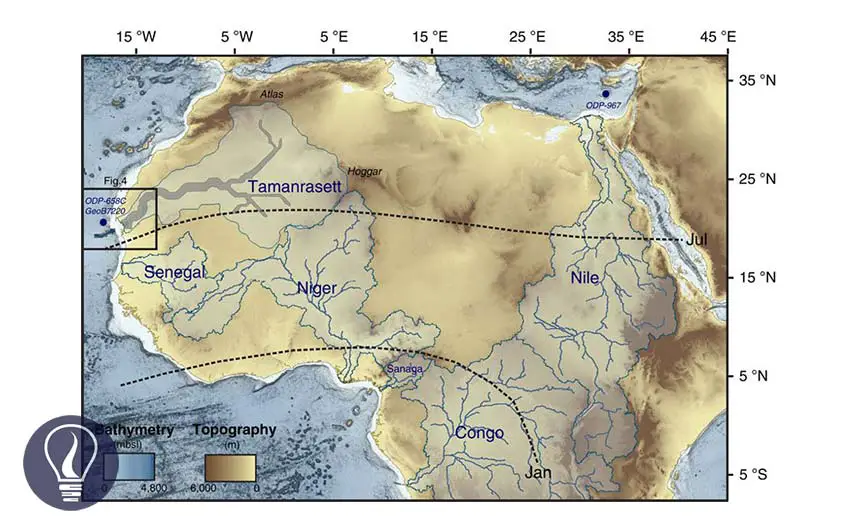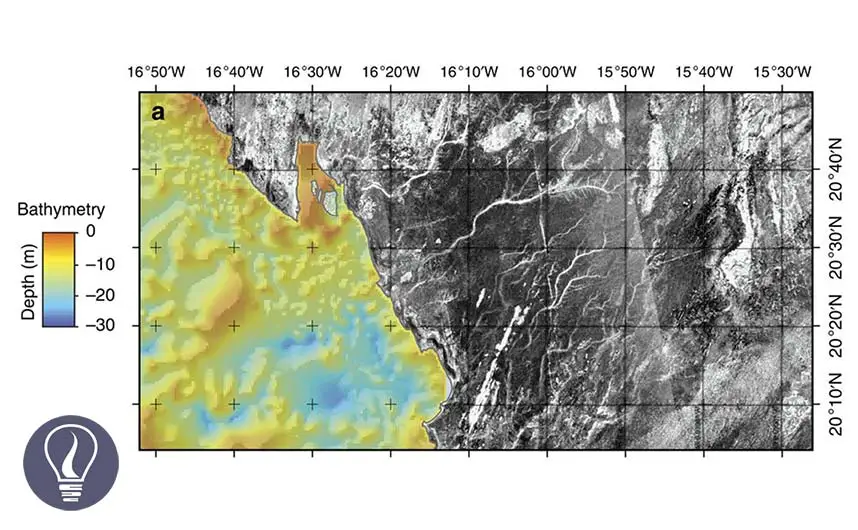More results...

What first comes to your mind when we talk about the desert Sahara? It may be a picture of an endless sandy landscape with an extremely hot temperature. The Sahara Desert covers more than 9,200,000 km2 area of the northern part of the African continent. It is one of the hottest places on the earth with an average temperature of 46 ℃. But the sand temperature can be risen up to 80℃ in the daytime.

However, would you believe that this extremely hot dessert once was covered with trees? About 6000 years ago the Sahara Desert was actually not a desert but a thick green carpet. It was a habitat for thousands of trees and animals. But now all have been disappeared. There were green meadows and lakes. The rainfall was so abundant that it fed the river “Tamanrasset”. This river had carried its waters across the green Sahara to the Atlantic Ocean. The river Tamanrasset had numerous tributaries and it had a length of more than 500 kilometers.

In 2015 scientists could find the smooth edges of the ancient channels of the river hidden under the modern-day desert with the help of 3D satellite images. And they also have noticed that there was a lake called “Lake mega Chad” in central Africa. This lake was wider than the Caspian Sea and it was almost three hundred ninety thousand square kilometers. If this lake exists now, it would be the largest lake on the planet. But now, this green and prosperous region suddenly has become the most lifeless place on the planet. But how did it happen?

Scientists have different explanations for this. According to environmental archeologist David Wright, livestock would be the main cause of this environmental change. This theory describes that sheep cows and goats trampled and other animals have consumed local vegetation. So, the soil became more exposed to the sunlight. So, it was destroyed all the vegetation and the green Sahara turned into a huge desert.
But only the animals cannot be blamed. There were also human settlements in the green Sahara. They were cattle farmers, and they could also be a reason to destroy the green cover of the Sahara.
Another group of scientists explained this change was happened due to the change in the earth’s rotational axis. They have concluded that the dust precipitating off the coast of West Africa for the last two hundred forty thousand years makes the Sahara from humid to dry.
For every 20000 years, the tilt of Earth's axis changes. This shift affects the distribution of sunlight between seasons. With more solar radiation there was a more active monsoon, and it did lead to more precipitation of dust. so, the moist climate has been converted into a drought.
If this theory is true, we can assume that the Sahara desert will be green meadows and animals will graze after some ten thousand years.

The cover image was designed using an image by Wolfgang_Hasselmann from Pixabay
Image 01: An image by Schwoaze from Pixabay
Image 02: An image by Skonieczny, C.; Paillou, P.; Bory, A.; Bayon, G.; Biscara, L.; Crosta, X.; Eynaud, F.; Malaizé, B.; Revel, M.; Aleman, N.; Barusseau, J. -P.; Vernet, R.; Lopez, S.; Grousset, F. (2015). "African humid periods triggered the reactivation of a large river system in Western Sahara". Nature Communications. 6 (1). Bibcode:2015NatCo...6E8751S. doi:10.1038/ncomms9751. ISSN 2041-1723., CC BY 4.0, via Wikimedia Commons
Image 03: An image by www.nature.com licensed under Creative Commons license, CC BY 4.0